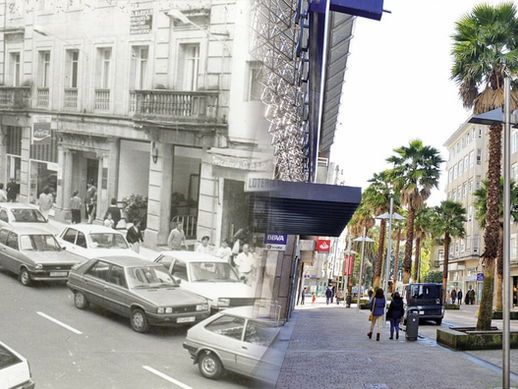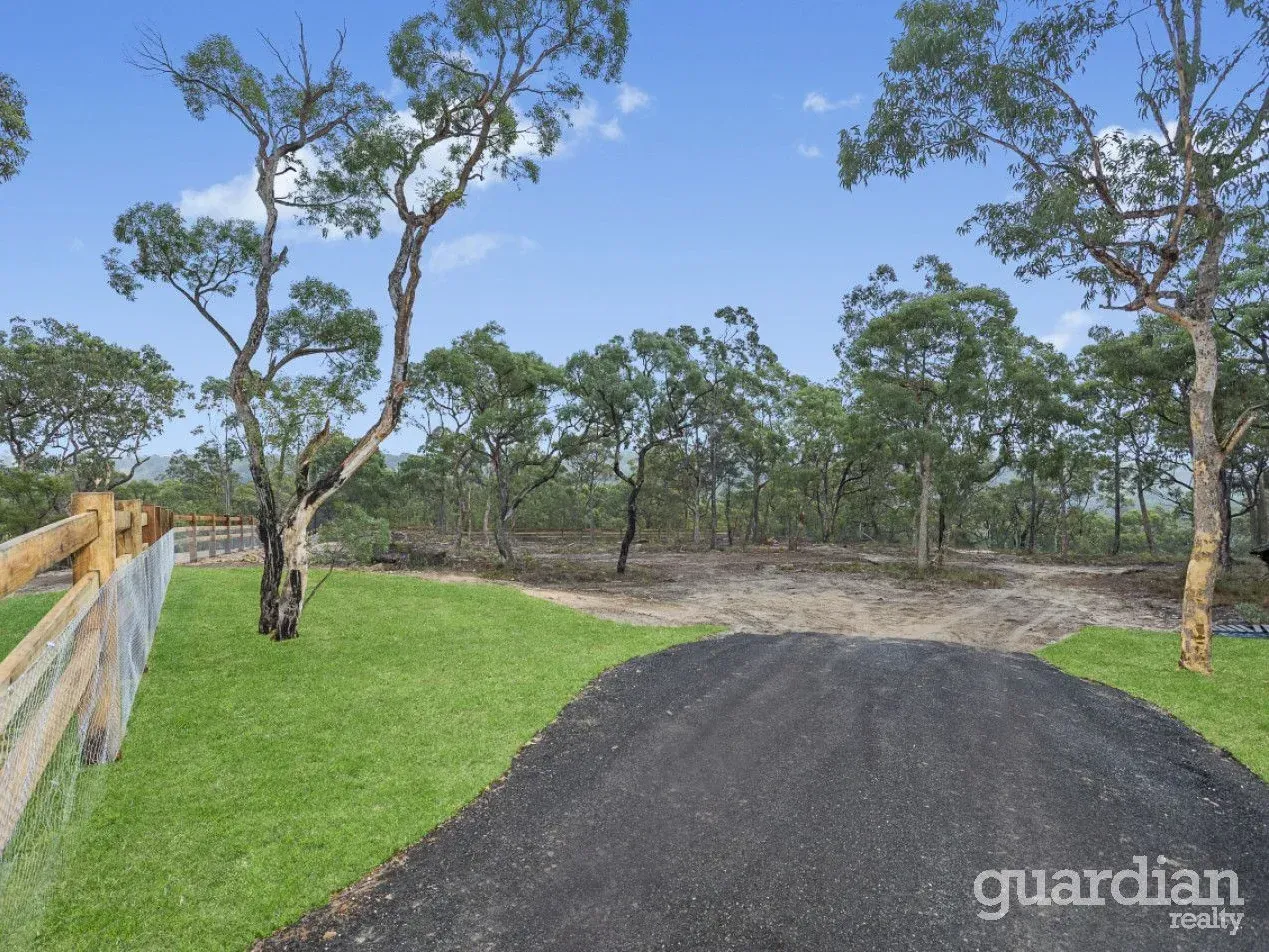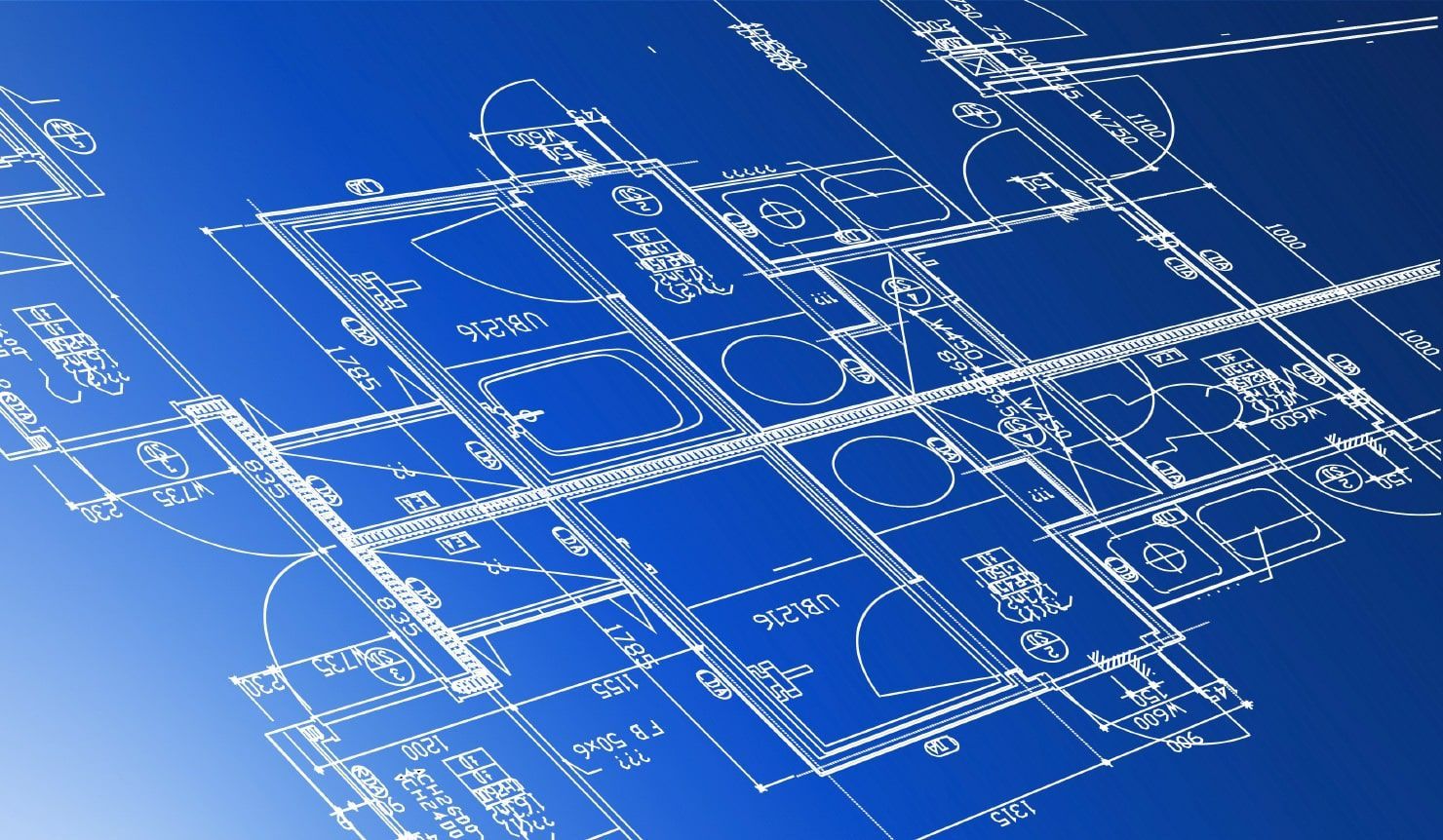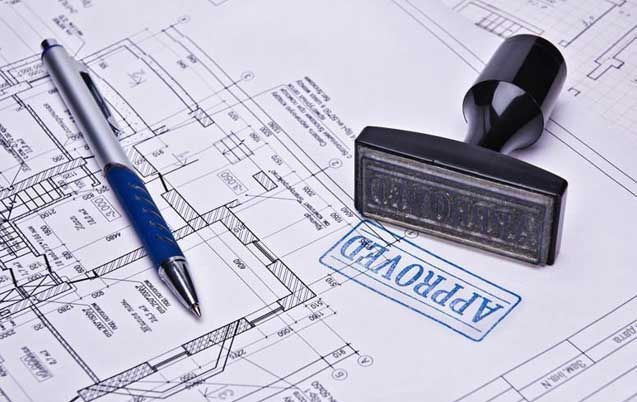Blog

During the 2020 Covid Lockdowns, I gave a talk for the TEDxMelbourne PluggedIn event. The brief was to share my “Vision of the New Future Beyond 2020" in 3 mins. I believe walkable cities are going to be a part of our future, and I’m a huge advocate for them, but not only for the reasons we usually talk about. Sure, there are health benefits for people and it’s great for the environment, as well as boosting our economy. But something else UNEXPECTED happens when we start living a walkable lifestyle.... spontaneity gets a chance. When you live in a spontaneous city, you are city-skiing! Spontaneous cities move us from a state of doing , to one of being , and that is when we are most productive, creative and fulfilled self! Check out the recording of my talk to discover more! ~ Melissa

A walkable city is a liveable, sustainable, healthy and happy city!!! As an avid champion of cities designed for people not cars, I am revelling in the lack of cars on my neighbourhood streets. As a result of the lockdowns for COVID-19, and the restriction of all non essential travel, there are far fewer trips being made by cars. The streets in my neighbourhood aren’t completely empty and quiet however, in fact they feel more alive than ever. Along the route I take for my daily jog, I usually have to contend with dangerous traffic, polluted air, disturbing noises and very rarely would I see many people along the way.









